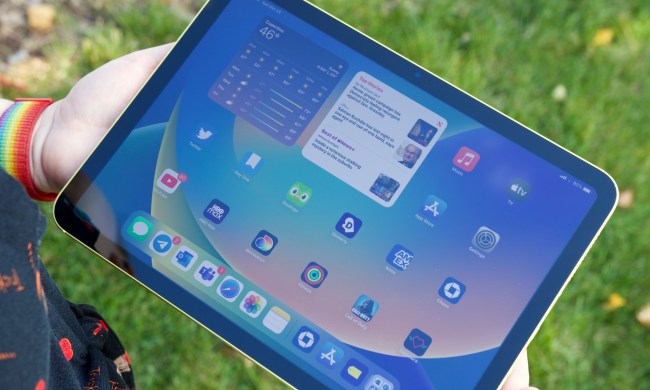I’m a fan of Android – and a bigger fan of Android Auto. A clean, familiar interface for the head unit in my car, to replace the crap car makers have been peddling for years? Yes please. That’s why I was especially embarrassed to buy the wrong car this year, one that DIDN’T have the feature.
I leased a 2018 Nissan Sentra this summer under the belief that it came with Android Auto, due to my own foolishness and the dealer’s own profound confusion. It doesn’t, although the Altima, Maxima, Rogue, Kicks, Murano, and Leaf all do. Ugh. There are other issues with the car – notably faulty radar sensors – but I really wanted Android Auto, meaning I’m going to have to break my lease (ulp!) to upgrade. And I will. Android Auto keeps looking better and better.
Just yesterday, Google announced a few tweaks to the Android Auto experience focused on two main areas: messaging and media. Updates include easier access to your favorite content with improved media browse and search features, plus new ways to stay connected with visual message previews and group messaging.
I look forward to using these apps, when I final fix my boneheaded buy. But I worry about the future of connected car platforms like Android Auto and Apple CarPlay. For better or worse, I think there’s a real chance our dashboards could turn into dumpster fires.
Hear me out.
The Good: New Media, Better Messaging
We tested out a prerelease version of the updated Android Auto system recently, and found it was all pretty good stuff: The card that shows media-related information is now at the very top of the screen, meaning motorists can skip to the next song without having to scroll through an hour’s worth of messages from various platforms. Voice-recognition technology allowed us to ask the Assistant to find a specific song, album, artist, podcast, or book. We simply said, “OK, Google, play Dropkick Murphys,” and the app instantly responded with “sure, asking Spotify to play Dropkick Murphys.” It began playing a randomly selected song by the band a second later.

The update also lets Android Auto users receive notifications from messaging groups they’re in, not just from individual conversations. When a message arrives and the car is stopped, Android Auto shows a short preview of the text to users who manually enable the feature from the settings menu. Hangouts, WhatsApp, and Android Messages support these new functions.
It’ll be fully available in the next few days, Google told us. Awesome!
The Bad: Advertising, Coming Soon to a Car Near You
I have some profound worries about advertising, which is … oh I don’t know, everywhere. Walk out at lunch and billboards blare at you. Turn on the radio or TV and commercials bleat incessantly. And I don’t have to tell you that websites have too many ads (Digital Trends does too!). I keep waiting for Bausch and Lomb to debut free contact lenses that pump a commercial or two right into your retina as you start each day.
But there’s one place that’s blessedly commercial free: your car. For now, anyway.
A company called Telenav announced an In-Car Advertising Platform in January at CES: To ensure driver safety, ads only appear when the vehicle is stopped, such as at car startup, traffic lights and upon arrival. The ads automatically disappear whenever the car is in motion or when users interact with other in-dash functions such as music or phone calls.
I don’t think the service has really gone anywhere, but I’m curious to hear what they say at the big Vegas tech show this year. And that service is a harbinger, I fear. Especially when you consider the e-commerce deal GM struck about a year ago to let drivers with its OnStar system order coffee or make restaurant reservations while driving. What if Starbucks or Dunkin’ Donuts started more actively pursuing drivers? “Hey, Jim, I see you’re passing right by one of our franchises! Why not turn left in 500 feet for a frosty mocha-latta-chino?”
“The experience of a passenger is going to be completely reinvented.”
Meanwhile, in April Coca-Cola announced a partnership with a company called Cargo, which sells products in rideshare services – think Lyft and Uber. Open the app from the backseat, order a soda, and the driver will pass you one at the next red light. Taxi cabs in New York City and elsewhere already feature screens that blast commercials at you; it’s a short mental leap to advertising for services like Cargo, and it’s easy to forsee a world where Uber, Lyft, and others require drivers to install those screens.
Peer down the road to the future, when self-driving cars are everywhere, and you’re merely a passenger in a lounge-like cabin, reading the paper as your car steers you to your destination. Why would that space be free of commercials?
“Cars aren’t really going to be cars. They are just going to be mobile space,” Jeffrey Cripe, Cargo’s founder, told Variety. “The experience of a passenger is going to be completely reinvented.”
Maybe I don’t want to get that 2019 Nissan after all….


